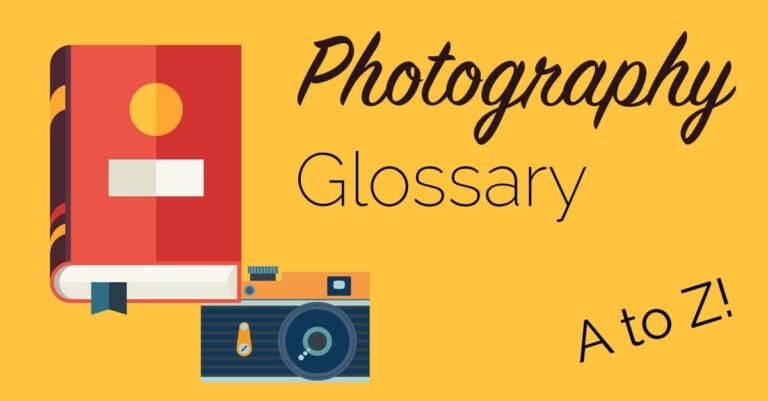Film Plane Indicator
What is a Film Plane Indicator? The Film Plane Indicator is a small symbol on your camera that looks like a circle with a line drawn through it. If you were to cut your camera in half, exactly in line with the line through the circle, you would see that it cuts right through at the front of your camera’s sensor. Obviously the naming is a leftover from the days of film, and sometimes you’ll hear it called the Sensor Plane Indicator these days, or the Focal Plane Indicator. Why do you need to know where the front of your …


